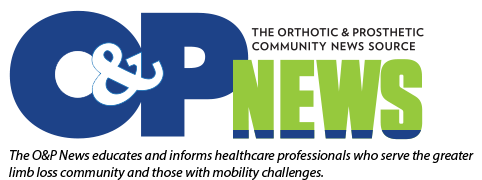SAN ANTONIO — A speaker here at the American Orthotic Prosthetic Association National Assembly presented key steps to create documentation that could lessen the impact of audits.
The first is understanding policy requirements, Joseph McTernan, director of coding and reimbursement and director of education and programing for the American Orthotic and Prosthetic Association, said.

Joseph McTernan
“It is important to stay up-to-date and understand the difference between local coverage determinations, which address medical necessity, and policy articles, which address statuary coverage rules,” he said. “Together, they make up the overall medical policy, which serves as the blueprint for coverage.”
McTernan also emphasized the importance of detailed and concise records. He said providers should stick to the facts when documenting and document in simple terms that can be understood by anyone reading the chart.
“Keep a detailed insurance information and control what you can control, such as patient medical history,” McTernan said. “Then, try to influence what you cannot control by working together with physicians and other health care professionals, educating them and demanding they document the ‘why,’ not just the ‘what.’”
Documentation should be a collaboration of the provider, physician, therapist and patient to maintain a consistent approach, he said. Providers should also perform regular self-audits, which could identify errors and allow practices to be improved.
There is no such thing as audit proof documentation, McTernan said, but following these steps could prevent large setbacks in the face of audits. – by Shawn M. Carter
Reference: McTernan J. Paper B1. Presented at: American Orthotic and Prosthetic Association National Assembly; Oct. 7-10, 2015; San Antonio.
Disclosure: McTernan reports no relevant financial disclosures.

